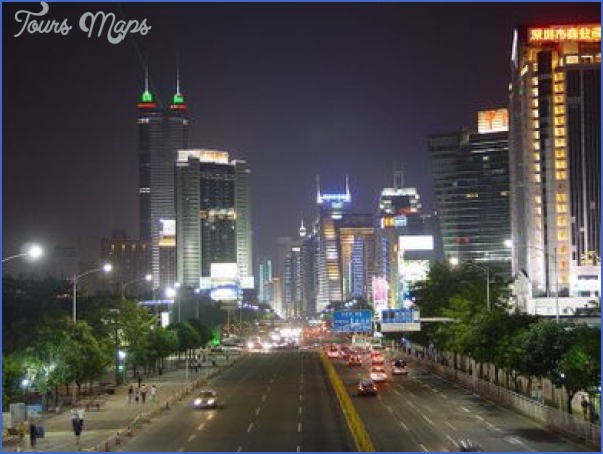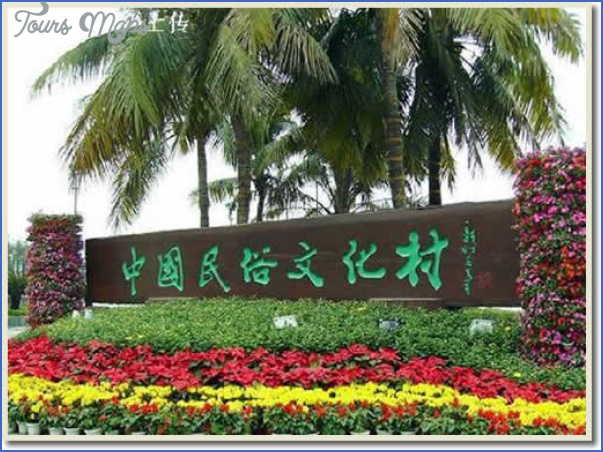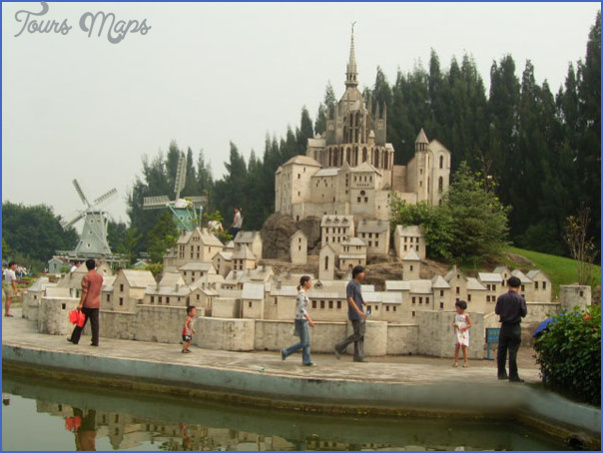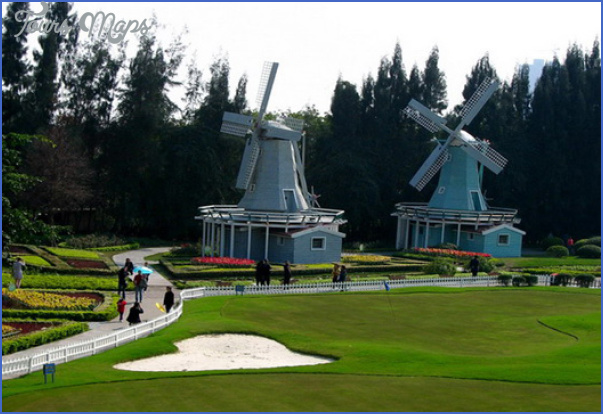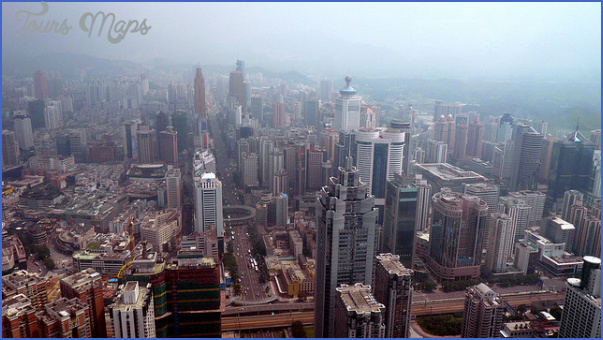HISTORICAL SKETCH EARLY HISTORY
The history of Shenzhen is the history of a county, or prefecture, bounded in the north by the East River and stretching to the Hong Kong islands in the south. It has been known variously as Dongguan, Bao’an and Xin’an. Its administrative headquarters have moved between Dongguan, north of modern Shenzhen, and Nantou in the east of the modern city. Shenzhen village only became the administrative centre of the area in 1953 when the closure of the Hong Kong border made the railway an area of strategic importance.
The area comes into Chinese history in about the third century BC when the first Emperor of unified China, Qin Shi Huangdi, conquered the barbarian Nan Yue kingdom based around Guangzhou. From the evidence available to us, the Nan Yue people seem to have been Thais. Qin ensured the area’s ethnic future by exiling half a million Chinese to the Pearl River.
Human habitation in the Shenzhen area is much older than this. The earliest archaeological remains so far unearthed are 7000-year-old shards from a site at Xiantouling on Mirs Bay. This was described as one of China’s six greatest archaeological discoveries of 2006.
From the Han Dynasty third century BC onwards, the area around Shenzhen was a centre of the salt monopoly, thus meriting special Imperial protection. Salt pans are still visible around the Pearl River area to the west of the city and are commemorated in the name of the Yantian container terminal Yantian meaning salt fields.
The settlement at Nantou was the political centre of the area from early antiquity. In the year 331 AD, six counties covering most of modern south-eastern Guangdong were merged into one province or jun named Dongguan Jun with its centre at Nantou. As well as being a centre of the politically and fiscally critical salt trade, the area had strategic importance as a stopping off point for international trade. The main shipping route to India, Arabia and the Byzantine Empire started at Guangzhou. As early as the eighth century, chronicles record the Nantou area as being a major commercial centre, and reported that all foreign ships in the Canton trade would stop there. It was also as a naval defence centre guarding the southern approaches to the Pearl River.
FAMOUS HISTORICAL EVENTS
Shenzhen merits a specific mention in relation to three major historical incidents. They are the events surrounding the end of the Southern Song Dynasty thirteenth century, the depopulation of the area after pirate incursions in the Ming and early Qing Dynasties seventeenth century, and the Opium War nineteenth century.
Shenzhen Guide for Tourist Photo Gallery
Maybe You Like Them Too
- The Best Cities To Visit in The World
- World’s 10 Best Places To Visit
- Coolest Countries in the World to Visit
- Travel to Santorini, Greece
- Map of Barbados – Holiday in Barbados











